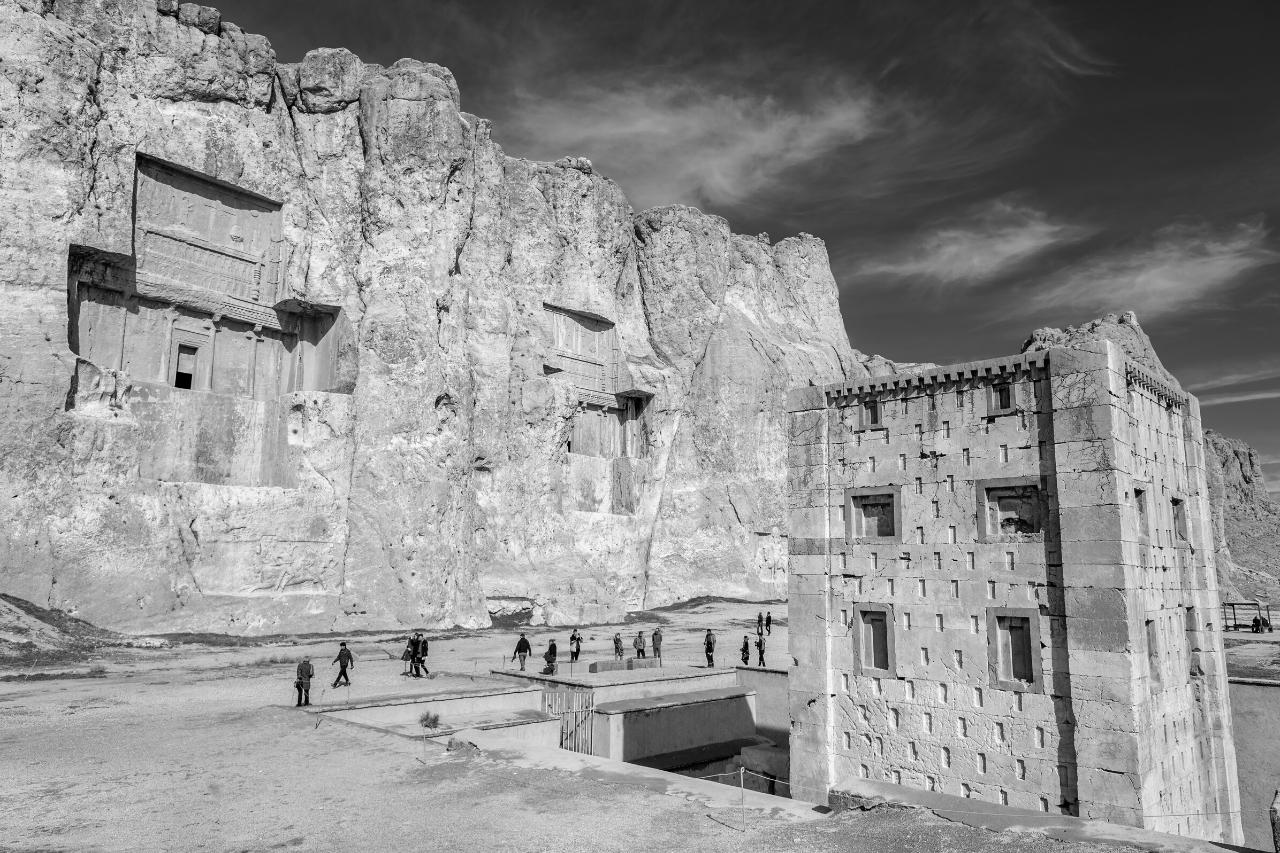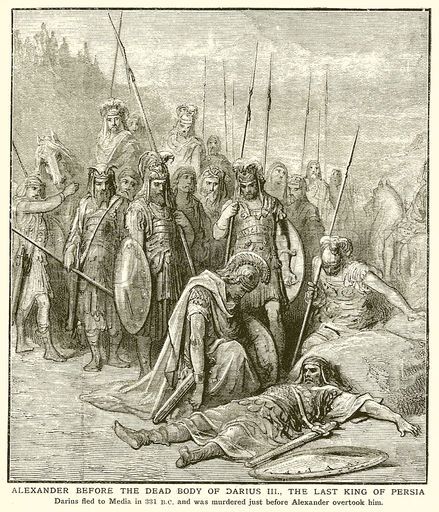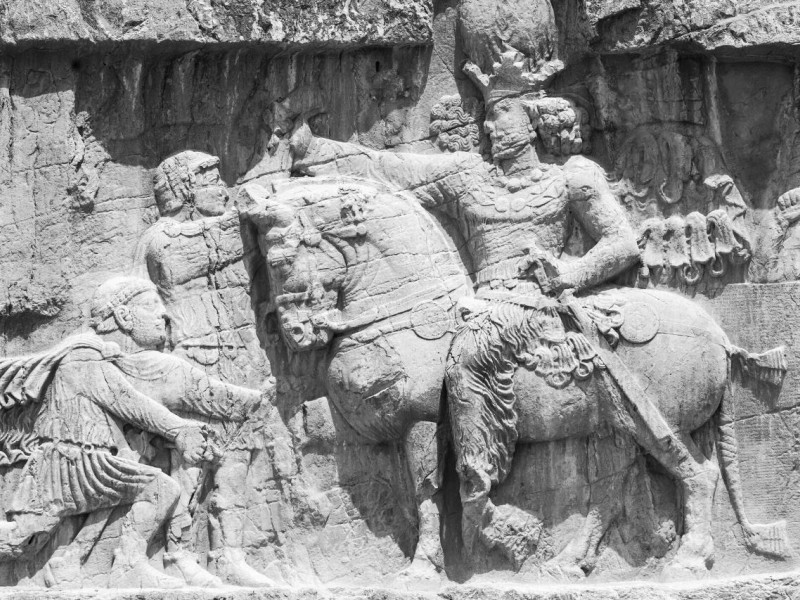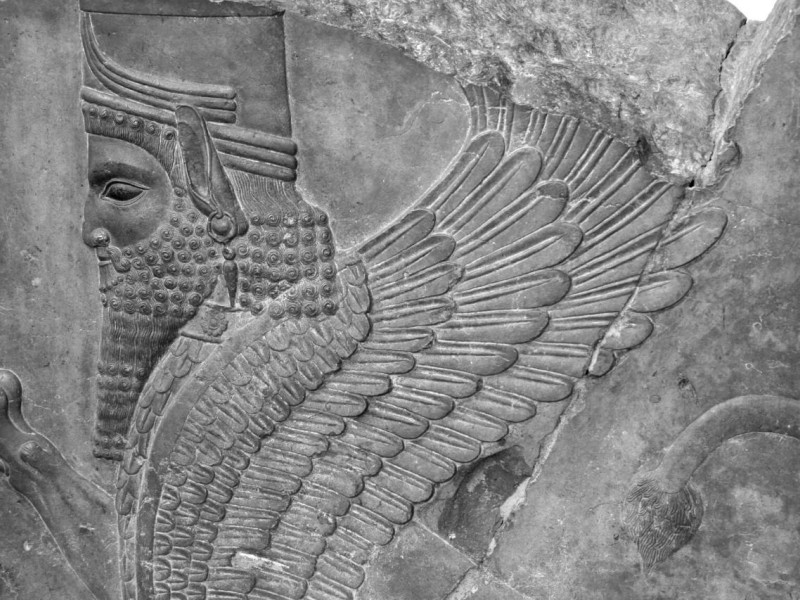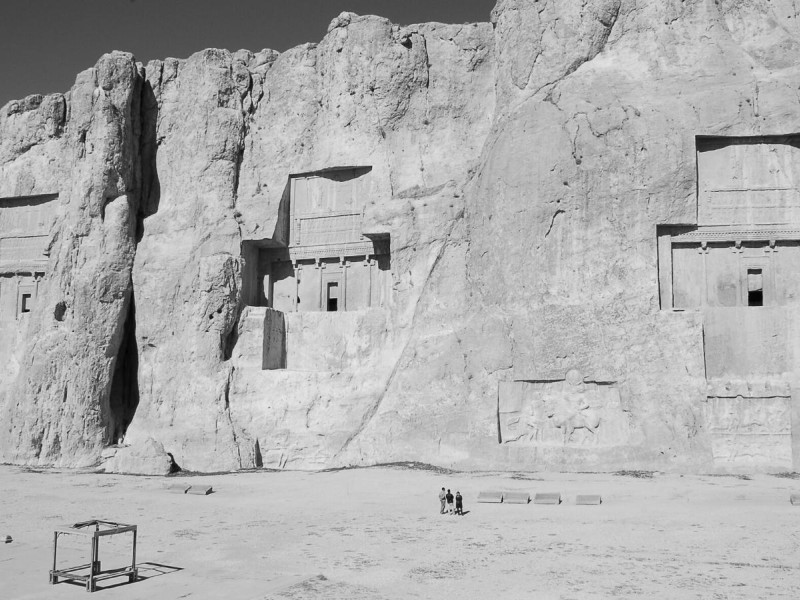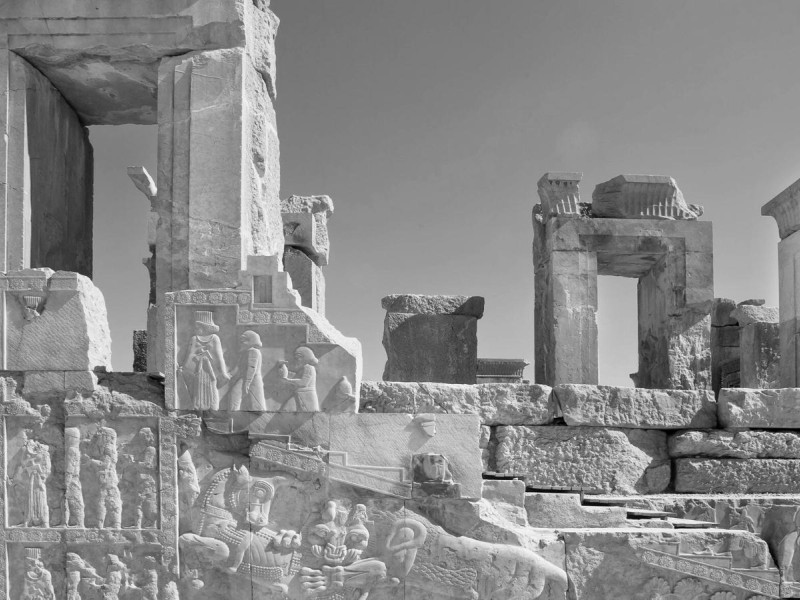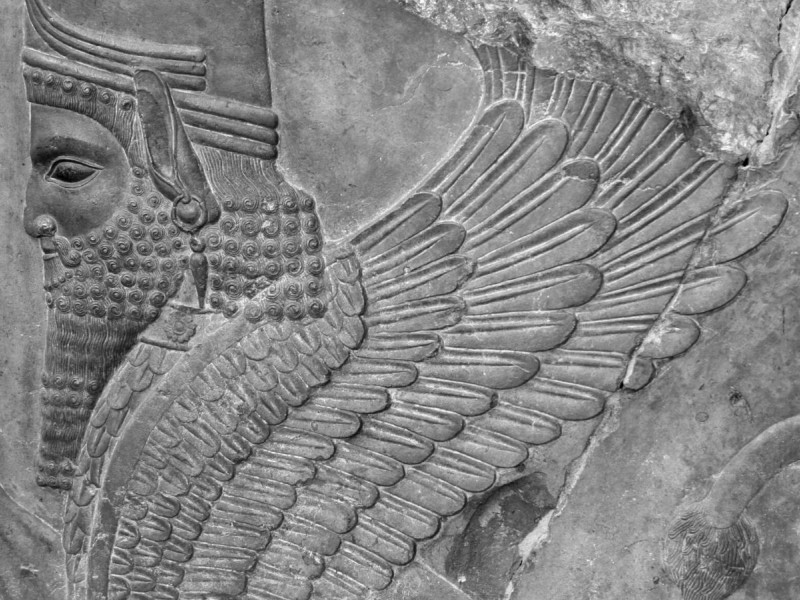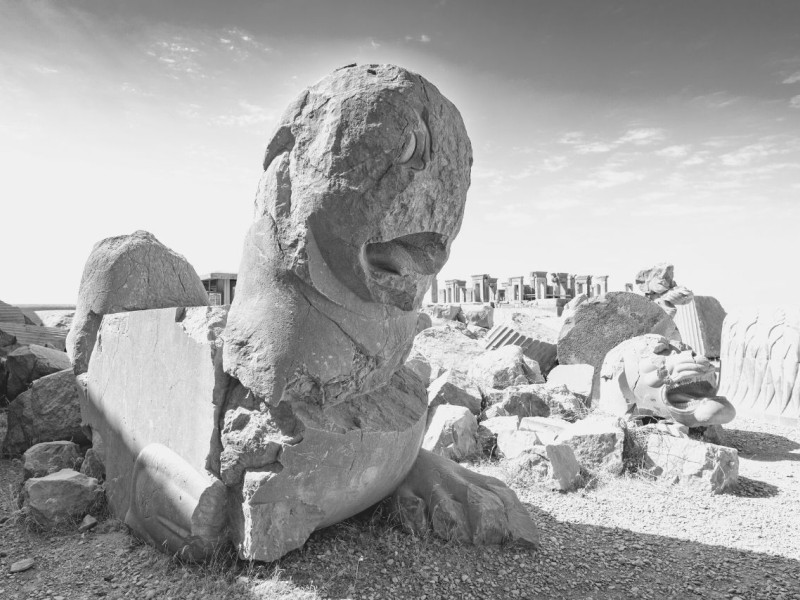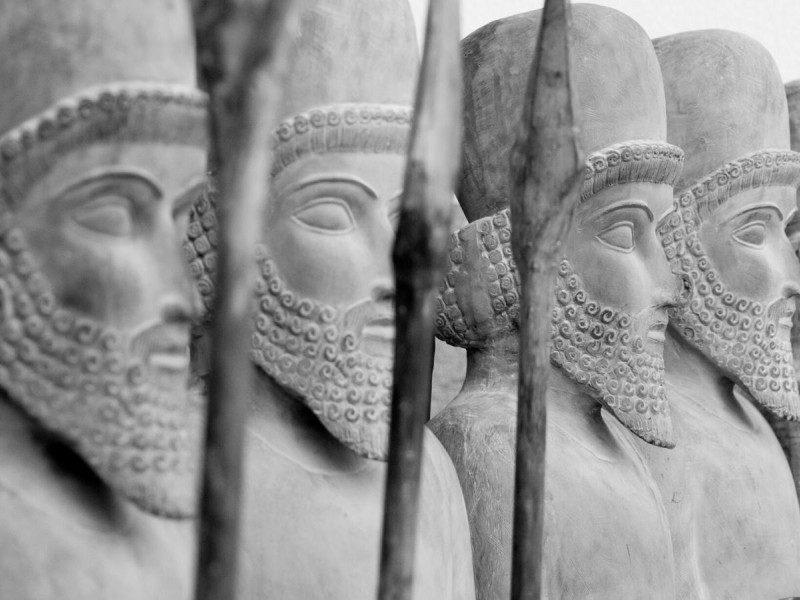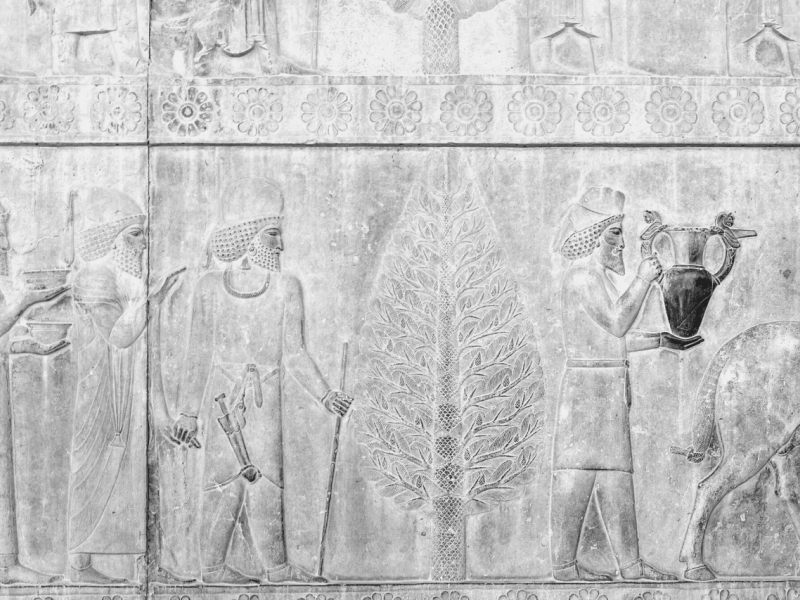King Darius III: Last Ruler of the Mighty Persian Empire
King Darius III was the last ruler of the great Persian Empire. His reign was filled with controversy and demise, which happened at the end part of one of history’s greatest and wealthiest periods. As the adage says, all great things must come to an end, and the same is true for the Persian Empire. Read on to learn how Darius III managed the finale of the almost 200-year reign of the Achaemenid dynasty.
Who Was Darius III?
Darius III was the last king of the Achaemenid dynasty of the great Persian Empire. His reign was from 336 BC to 330 BC, a rather short time of rule. King Darius III inherited an unstable kingdom due to the lack of strong and wise leaders, resulting in disordered satrapy and rebellions. Persia became such a vulnerable kingdom that a little recklessness could tip the balance and would surely bring the empire to its end. This was what happened during the rule of Darius III.
His father was Arsames, a cousin to King Artaxerxes III, and Sisygambis was his mother. King Darius was married to Stateira I, with whom he fathered several children. He had two daughters; the prominent one was Stateira II, who later on became the wife of Alexander the Great, his successor.
His name before his accession to power was Artashata, and he was also fondly called Dara in some Persian tales. The Greek historian Justin acknowledged that Darius III might have borne the name Codomannus before his reign.
Most writings about Darius III were in the lens of Greek historians as it was revealed that during the last part of the Achaemenid Empire, there were no Persian records available, perhaps because of the pillaging done by the conquerors of the kingdom.
Timeline of Significant Events in the Life of Darius III
Year | Main Events |
336 | Darius the Third became king |
335 | Darius the Third killed Bagoas |
333 | Darius the Third fought at the Battle of Issus |
331 | Darius the Third fought at the Battle of Gaugamela |
330 | Darius the Third died |
How Did Darius III Rise to Power?
Like some other famous rulers, Darius III’s ascent to the throne was quite a controversial one. It was said that he was a direct descendant of the Cambyses family, the founder of the Achaemenid dynasty.
Meanwhile, others believed that he was not really a relative but rather a strong and skilled soldier who had done a good deed, which jumpstarted his political career. Many recent scholarly works revealed that Darius could have been a slave whose deeds paved the way to greatness. Several other debatable writings are open for further propositions.
Although historical notes vary on how Darius the third became one of the kings of the Persian Empire, the most accepted version was that King Artaxerxes III and his son, King Arses, as well as his predecessors, were poisoned by an ambitious court eunuch, Bagoas, leaving the throne empty.
The Ruling of Darius the 3rd
Aiming for the throne for himself, the eunuch Bagoas next tried to deploy a king’s distant relative - Darius III. Darius was ruling the satrapy of Armenia and went by the name of Codomannus. Codomannus was already a bit popular because of the daring acts he showed in one of the wars against the Cadusians.
Codomannus or Darius Codomannus then took the regnal name of Darius III in honor of the previous emperors, notably Darius the Great — one of the legendary rulers of the Achaemenid dynasty. During the early part of his rule, King Darius III displayed fortitude and quick-mindedness as expected from a ruler.
Well aware of the evil deeds of Bagoas, who was now planning to kill him and then sit on the throne, Darius III totally exterminated the evil eunuch by letting him drink a cup of poison during one of the occasions of the kingdom. This act helped King Darius III secure his throne.
How Vast Was the Kingdom of Darius the Third?
The last king of the Persian Empire, Darius the 3rd, managed a vast territory in the history of all empires of the world. The Persian Empire occupied approximately 2 million square miles and stretched from the Balkan regions and Eastern Europe in the west up to the Indus Valley in the east. The empire was so large that it was home to nearly half of the world’s population during this period.
The Persian Empire was one of the largest empires in the world. With this vastness came wealth, not only in the form of natural but more so in terms of human resources. Taxes, gifts, and other valuable contributions were surely made by their constituents.
Naturally, the affluence experienced by the people and their ruler would be noticed by the world — citizens and conquerors alike. It was affluence that was titillating to the eyes of great and brave souls living by conquering foreign lands.
Nevertheless, it’s the empire’s enormity and the reign of different sets of rulers, despite mostly coming from the same family, that eventually led to confusion, discontentment, and revolts in the kingdom. King Darius III inherited a vast yet vulnerable kingdom. This setting, in addition to King Darius III’s complacency, contributed to the demise of the once-great Achaemenid Empire.
Darius the Third and His Neighboring Territory
Long before Darius III started his reign, King Philip of Macedon of the nearby Greek territory was already preparing his League of Corinth, targeting to conquer the minor parts of the Persian Empire. Historians cited some reasons why they targeted the Persian Empire.
For instance, it could be to take revenge for what the previous emperors — Darius the Great and Xerxes I — had done to Greece, specifically the desecration of the temples of their gods and goddesses in Athens. It was an act considered blasphemy by the God-believing people of Greece.
Although Philip II himself did not succeed as he was killed before he could fulfill his dreams, King Philip’s plan was carried on by a young conqueror of Macedon, Alexander the Great, his son.
In 334 BC, Darius III’s first pursuit was to reclaim Egypt. Egypt was part of the Persian territory, but revolts and rebellions alienated it from mainland Persia. It was a task King Darius the Third thought to be more important than the threat from the coming invaders.
For the time being, Alexander the Great had been reaping successes in conquering parts of Asia Minor, particularly in the Battle of Granicus, a feat that King Darius III did not bother with, believing that somehow, this minor league from Greece could be terminated by the satraps in his provinces and would never make it big in his kingdom. It was a mistake that could never be undone.
Darius III and the Battles He Never Won
The initial win of the Macedonian league would have made King Darius gauge his enemies tactically, but it was to no avail for he wasn’t bothered at all. Maybe because of pride, self-reliance, or perhaps mere foolishness, King Darius III had not done anything to counter the invasion led by Alexander in the outskirts of his kingdom. He was ill-prepared when Alexander the Great and his united team of Greek warriors imposed themselves on the Persian Empire.
The Battle of Issus
By 333 BC, Darius the Third went out into the fighting fields and faced the not-so-mighty force of Alexander the Great in what was known to be the Battle of Issus. Aiming to reach the Gulf of Issus, Alexander the Great and some of his men went to the Pass of Jonah, where Darius III and his army were already in a defensive stance waiting for the enemies to attack. Despite having more than 120,000 men—cavalries, infantry, and mercenaries—King Darius III suffered defeat in this battle.
According to scholars of history, the Battle of Issus won a decisive victory for the Greeks. It was known as the beginning of the end of the Persians and the Persian Empire.
Right after this battle, Darius the Third left his family, including his wife, children, and mother, at the mercy of the Greek conqueror, Alexander the Great. He was believed to have fled on the Euphrates. This act was seen by his family as a cowardly move, based on the writings of Greek historians.
The Battle of Gaugamela
In 331 BC, two years after his defeat at the Battle of Issus, Darius III once again faced Alexander the Great in the Battle of Gaugamela, also known as the Battle of Arbela. The site is now located in Northern Iraq.
Before the Battle of Gaugamela, King Darius III offered a proposition to Alexander the Great — an unthinkable one, especially for his predecessors. It included half the land of his territory, a massive amount of wealth, and the hand of his daughter in exchange for his family and peace in the kingdom.
This was an offer that Alexander the Great did not accept, simply because, accordingly, the sky could never have two suns. He even demanded that King Darius III must pay homage to him. An act that a king had difficulty accepting and doing.
With Alexander the Great’s refusal to answer King Darius III’s call for peace, the Battle of Arbela pushed through. It was the final war before the fall of the great Persian Achaemenid Empire. In this decisive combat, King Darius III once again lost the battle.
It was told that during the encounter, his chariot driver was, unfortunately, hit and got killed. King Darius fell off the carriage. Upon seeing this, his armies went into a panic, which led to a stampede. Once again, King Darius III and his hundreds of thousands of men did not win this battle.
Legend has it that the Persians were bound to be defeated in this battle because of a heavenly sign that the Persian wise men had seen in the sky in advance. It was an eclipse—the moon bleeds—a sign that the Persian army would be lost. Perhaps, this inevitable event was already written in the stars.
How Did Darius III Die?
The last king of the Persian Empire, Darius III, died when a Bactrian satrap, Bessus, and his accomplices tied him up, threw him in an oxcart, and left him to die. Although there were other accounts of Darius III death, this one is the most commonly mentioned.
After he lost in the Battle of Arbela/Gaugamela, King Darius III fled to Erbil, and afterward to Ecbatana, which is now Iraq. Here, he tried to raise another set of armies while Alexander the Great was occupying the cities and Persepolis. However, before he could continue his plan, his death happened in the hands of his constituents. The satrap of Bactria, Bessus, killed the king to halt the pursuit of Alexander the Great.
Speculations
Many speculated that the young Greek conqueror would have had wanted to meet Darius the Third alive for a lot of reasons — maybe to accept the previous offer made by the king or maybe to seek full acknowledgment as the new emperor of the kingdom. However, by the time Alexander the Great arrived, Darius III was already dead. Thus, he got the ring from King Darius III’s finger and wore it. The ring symbolized his authority as the new emperor of the Persian Empire.
Another fictional account said that Darius III was able to give Alexander the Great a noble speech and had given his blessings before he died.
In whichever fashion the king drew his last breath, one thing is apparent: The death of Darius III was the end of the great Persian Empire as a new ruler and a new kingdom were set to gain the power it once had.
How Was Darius the Third Buried?
A burial fit for royalty was given to Darius the Third. Alexander the Great made sure that honor and dignity were given to this excellent ruler of the great Persian Empire. Darius the Third’s body was brought back to the main city.
Although no inscriptions were found, it was believed that Darius the Third was buried in one of the tombs in Persepolis.
What Happened After Darius III’s Death?
The satrap Bessus who killed King Darius III, fed by his own ambition and guile, assumed the name of Artaxerxes V. He even pronounced himself King of Asia, a title he had not enjoyed much for he was later on captured and tortured by Alexander the Great.
Meanwhile, Stateira II, the daughter of Darius III, got married to Alexander the Great, as previously proposed by the last Persian Empire ruler.
Favorably, the family of King Darius III lived a life as members of royalty. Despite the demise of King Darius III, they were still treated with high respect and high regard in the society now governed by a new ruler. Alexander the Great ensured that Darius III’s family lived an ample life.
Furthermore, other historians revealed that Darius III’s mother, Sisygambis, won the affection of the new ruler. Alexander the Great called Sisygambis his mother, and he was called her second son. Darius the Third’s wife, though, died of childbirth right after her husband was killed. It was the end of the line for Darius the Third and the Achaemenid Empire.
Darius the Third’s Legacy
When dealing with the history of Darius III, one must take into account that almost all of the readings available were made to honor the exploits and expansions made by Alexander the Great from the perspective of surviving Greek historians.
Several narratives disclosed how Alexander the Great stripped and looted the great cities of the Persian Empire during his conquest. It is safe to say that significant chronicles, records, and annals were also destroyed when Persepolis was invaded by this foreigner.
Darius the Third was only mentioned as the last ruler of the vast Persian Empire, along with how he cowardly fled and handed over his family and his empire to the young conqueror. Despite the advantages he had over the enemies in the different battles he waged, his wrong use of military tactics led to his downfall.
Perhaps the best legacy that King Darius III had left was the lesson of never underestimating our enemies. Even though he knew that an enemy was coming at his doorstep, still, he did not pay attention to them. He believed that his subordinates would be able to disrupt the minor raging force.
Conclusion
For 200 years, the Achaemenid Empire had proven the greatness and power of its rulers and citizens, yet, like any other good thing in life, it must also rest. King Darius the Third, with his machinations done intentionally or with no intent at all, was the ruler who had laid the great Persian Empire to rest, to be followed by a great Hellenistic Period in the making.
King Darius the Third is known as:
The last ruler of the great Persian Empire;
The last ruler of the Achaemenid dynasty;
The ruler who offered his daughter’s hand to Alexander the Great;
The ruler whose daughter was the wife of Alexander the Great;
The Persian ruler whom Alexander the Great defeated.
King Darius III’s reign taught us to really know our enemies; never underestimate them. To know our enemy is to know ourselves, too. Only then we could make the next move in defeating our adversaries.
